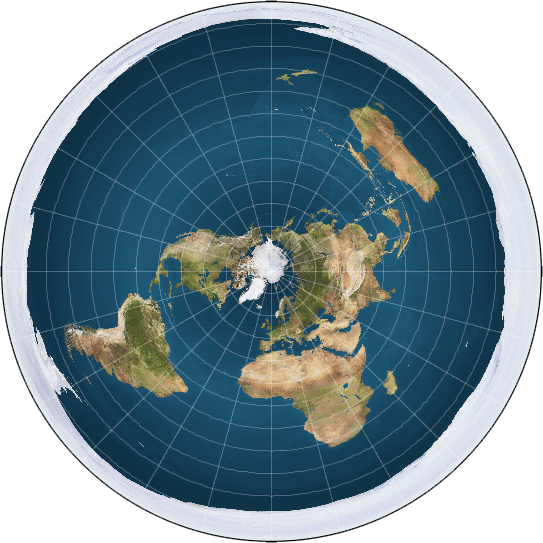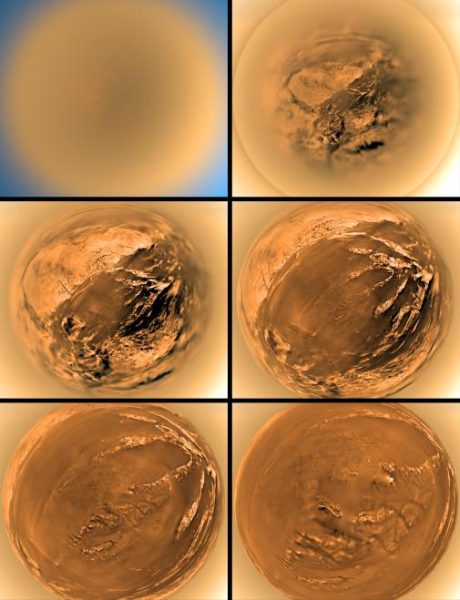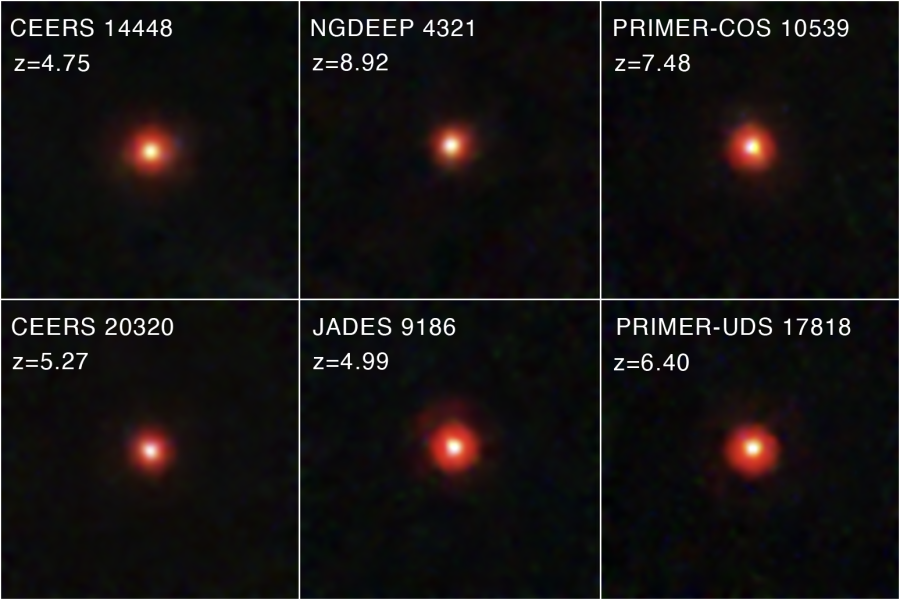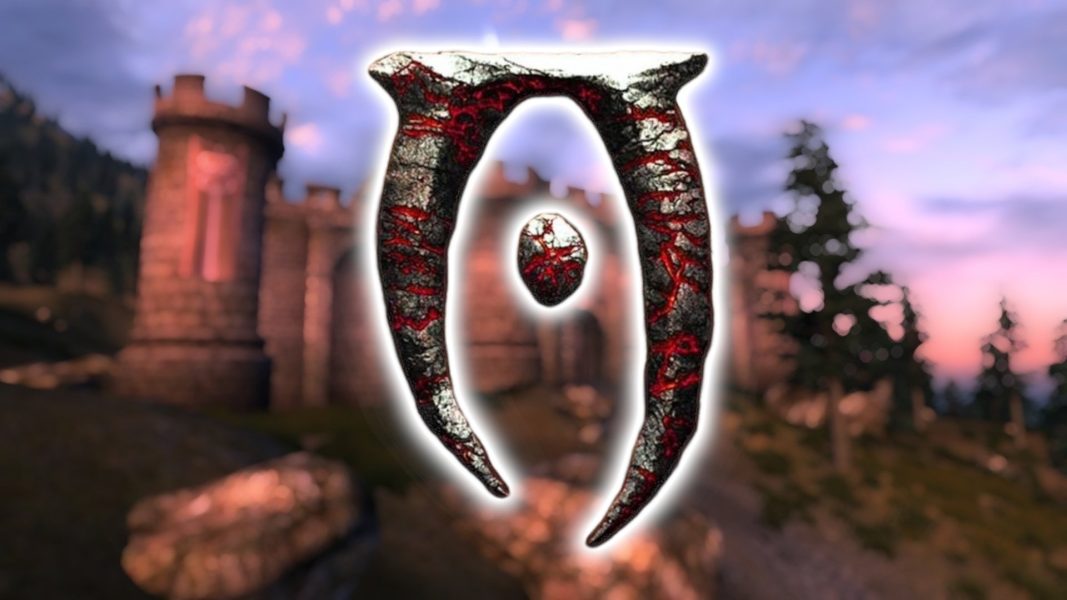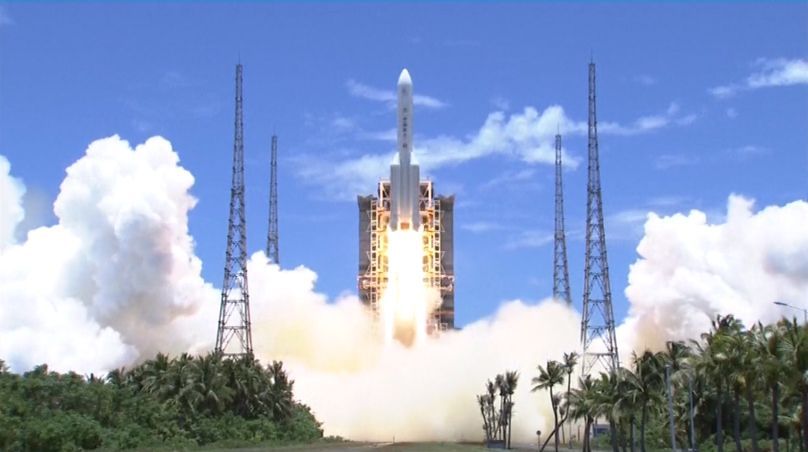Hubble’s Breathtaking View of Orion Nebula Unveils Baby Stars in Action – The Daily Galaxy –Great Discoveries Channel
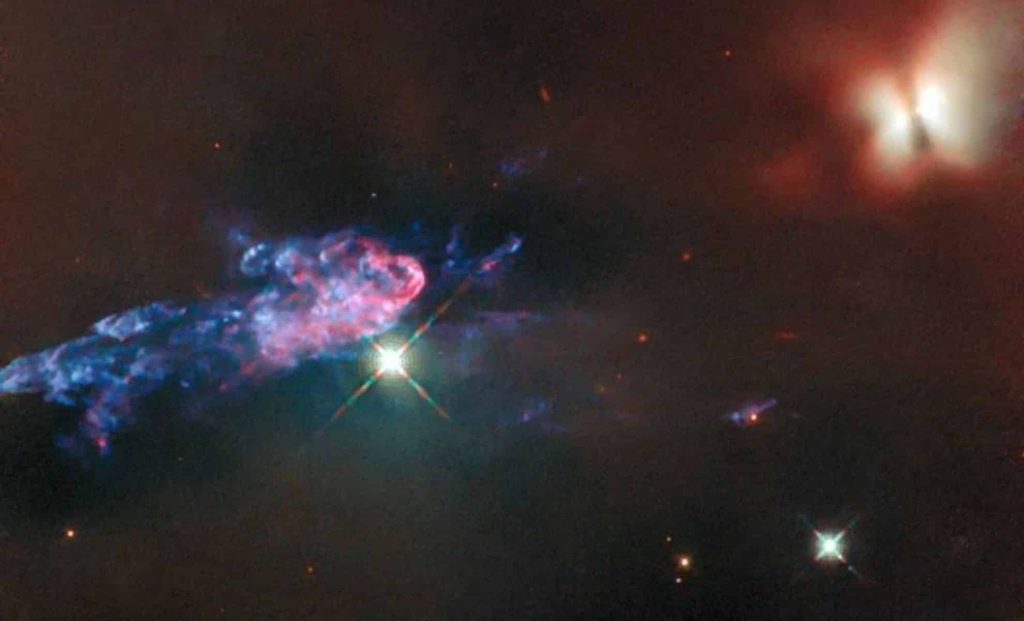
The Hubble Space Telescope has delivered a breathtaking new image of the Orion Nebula, a stellar nursery located 1,300 light-years from Earth. This vibrant region, home to the protostars HOPS 150 and HOPS 153, offers a rare glimpse into the earliest stages of star formation. The dazzling photo showcases jets of material carving through interstellar gas and dust, revealing the complex interactions shaping the cosmos. What secrets do these young stars hold about the universe’s grand design?The Orion Nebula, the closest massive star-forming region to Earth, has long captivated stargazers with its brilliant glow and dynamic activity. Recently, the Hubble Space Telescope provided a stunning glimpse into this cosmic nursery, revealing the intricate processes involved in the birth of stars. Situated 1,300 light-years away beneath the three stars of Orion’s Belt, the nebula is a hotspot for star formation, where young protostars emerge from dense clouds of gas and dust. Hubble’s latest image brings into focus two such stars, HOPS 150 and HOPS 153, offering unprecedented insight into the early stages of stellar evolution.One of the key highlights of Hubble’s image is HOPS 150, a binary system composed of two young protostars. Discovered through the Herschel Orion Protostar Survey, this pair of stars is surrounded by dense disks of gas and dust, the raw material fueling their growth. The protostars are midway through their transformation into mature stars, with material from their surroundings falling inward to feed them.A striking feature of the image is the dark cloud of gas and dust that spans over 2,000 times the distance between Earth and the Sun. This immense structure obscures part of the glowing region but also highlights the dramatic forces at work. As the material moves inward, it heats up and emits light at various wavelengths, allowing astronomers to estimate the developmental stage of the protostars. The detailed view of HOPS 150 is a reminder of how interconnected and complex star formation can be, with each element playing a vital role in shaping the emerging stars.Adding to the spectacle is HOPS 153, a younger and less developed protostar that remains deeply enshrouded by cold, dense gas. Although Hubble cannot directly observe the star itself, its presence is revealed through the vivid jets of material it emits. These jets extend across the image, carving through the surrounding interstellar medium and lighting up as they collide with nearby gas and dust.Jets like those from HOPS 153 are a hallmark of the star formation process, marking the moment when a protostar begins to influence its environment. As the protostar accumulates material from its surroundings, it simultaneously expels energy and matter, creating shockwaves that heat the surrounding gas. This process not only sculpts the nebula but also regulates the growth of the protostar and influences the formation of nearby stars. The interplay of forces in this part of the Orion Nebula showcases the dynamic and often chaotic nature of stellar nurseries.The Orion Nebula has long been a focal point for astronomers studying the birth of stars. Visible to the naked eye under dark skies, it serves as a natural laboratory for understanding how stars and planetary systems form. The nebula’s proximity to Earth allows telescopes like Hubble to capture high-resolution images of its intricate structures, including dense clouds, jets, and glowing regions of gas ionized by young stars.In Hubble’s latest image, the interplay between light and shadow paints a vivid picture of the processes shaping the nebula. Regions of dense gas cast dark silhouettes against glowing clouds, while energetic outflows carve bright streaks through the surrounding material. These features highlight the delicate balance of forces in the nebula, where gravity pulls material inward to form stars, and radiation and jets push outward to shape the environment.Understanding the processes at work in regions like the Orion Nebula is crucial for answering some of astronomy’s biggest questions. How do stars form from clouds of gas and dust? What role do jets and outflows play in regulating their growth? And how do these processes influence the formation of planets and other celestial objects?The insights gained from Hubble’s observations of HOPS 150 and HOPS 153 contribute to a broader understanding of star formation across the universe. By studying these protostars and their environment, astronomers can refine their models of stellar evolution and gain a clearer picture of how our own Sun and solar system may have formed billions of years ago.While Hubble has provided extraordinary images and data from the Orion Nebula, future telescopes like the James Webb Space Telescope (JWST) promise to take this research to new heights. With its advanced infrared capabilities, JWST will be able to peer through dense clouds of gas and dust, revealing even more details about the youngest and most hidden protostars.The ongoing study of the Orion Nebula is a testament to humanity’s enduring fascination with the cosmos. As we continue to explore this celestial nursery, the discoveries made here will not only deepen our understanding of the universe but also inspire new generations of scientists and dreamers to look to the stars.Got a reaction? Share your thoughts in the commentsEnjoyed this article? Subscribe to our free newsletter for engaging stories, exclusive content, and the latest news.It is interesting that you still consider these cosmic events to be evaluationary and not creation. Tell me how particals go one way and then other objects or new stars come out of the gases and are then going the opposite way. This is completely contrary to your big bang theory. If that theory is correct all particles and objects that come out would also be going in that same direction. Creation period. Say what you will but you have found so many things that are completely opposite to your long believed theory’s that you should come to that same conclusion. No two ways about it.Comment Save my name, email, and website in this browser for the next time I comment.
© 2024 | Daily Galaxy | All rights reserved
Source: https://dailygalaxy.com/2025/01/hubbles-view-orion-nebula-baby-stars/
